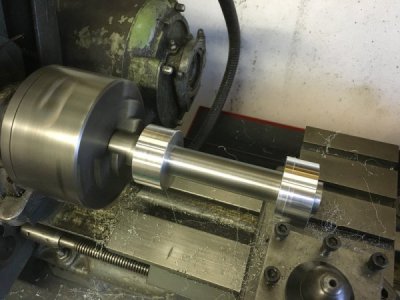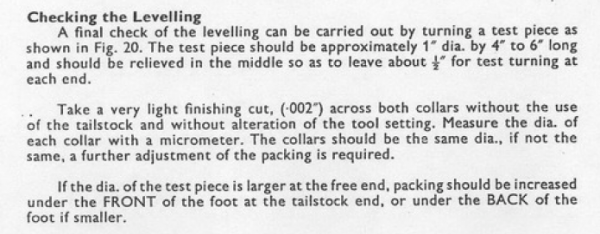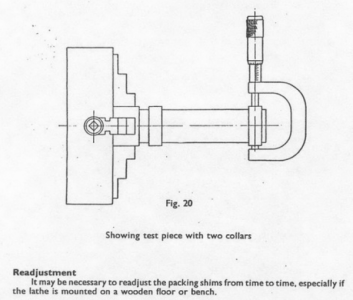- Joined
- Jul 9, 2018
- Messages
- 314
Yes I tried tonight , put the 1" through the chuck with only a small amount out. I thought small amount was 3" after having 10" out, will adjust to 1/4".
Yes on the center drills, just arrived today. A set of anytime tools 5 lathe center drills size 1-5 60 degree tip angle. Also picked up a 1/2" JT33 2MT drill chuck, arbor is threaded for draw bars.
Just measured stuff, no power on or cutting. Put my dial indicator so the cross slide pushed on it, nice to test the accuracy of my dials on the lathe vs the dial indicator.
Thinking about modding a direct measure of cross slide and feed with a couple gauges. Might be a lot easier to read as I work, plus my handles/dials are a bit sloppy.
Thanks for the tips!!
Yes on the center drills, just arrived today. A set of anytime tools 5 lathe center drills size 1-5 60 degree tip angle. Also picked up a 1/2" JT33 2MT drill chuck, arbor is threaded for draw bars.
Just measured stuff, no power on or cutting. Put my dial indicator so the cross slide pushed on it, nice to test the accuracy of my dials on the lathe vs the dial indicator.
Thinking about modding a direct measure of cross slide and feed with a couple gauges. Might be a lot easier to read as I work, plus my handles/dials are a bit sloppy.
Thanks for the tips!!



